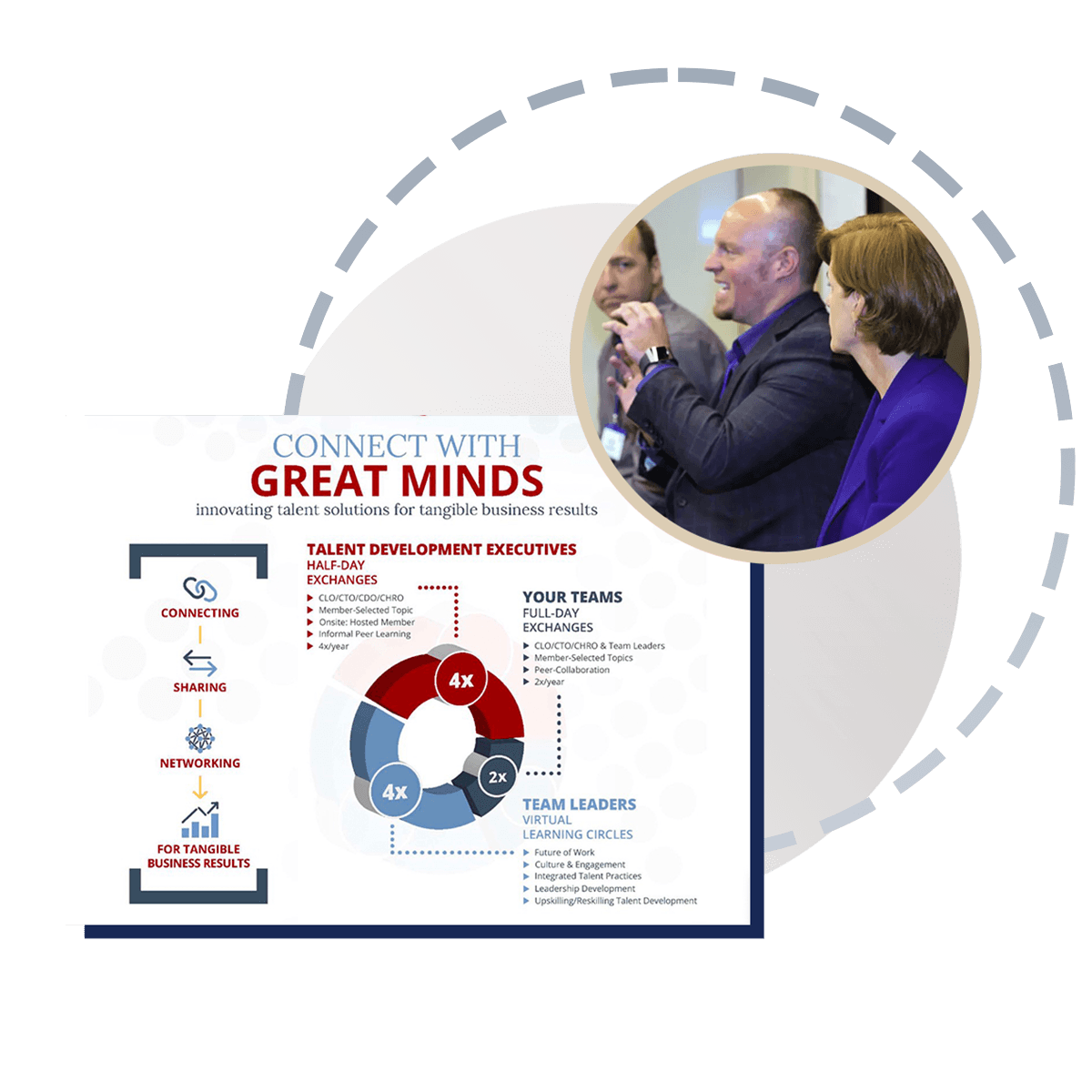This highlight video is from October 09, 2025 session ✨ AI Practical Lab: From Whiteboard to Workflow
Theme: Turning AI adoption into a culture of practice and shared learning.
“Practice, training, and sharing wins—that’s how we build momentum.” — Kate Haney, Zurich North America.
This session reminded us that the real differentiator in AI maturity isn’t the number of tools—it’s how people learn to use them, together.
As L&D leaders, we often focus on technology readiness. But as the discussion showed, cultural readiness is what truly moves the needle. Momentum comes when teams have space to experiment, share early wins, and learn from one another’s prompts and missteps.
“Make it OK to say things like, ‘I have no idea how to get started.’” — Laura Ruff
That simple idea captures what every organization needs to unlock AI fluency: psychological safety. Before we can scale responsible AI use, we have to normalize not knowing—and create environments where questions are as valued as answers.
“L&D’s role isn’t making content anymore—it’s enabling the organization’s adoption journey.” — Nicole DeFalco
The takeaway is clear: in this new era, L&D is the architect of adoption.
Our work isn’t just to teach tools—it’s to cultivate curiosity, reinforce responsible experimentation, and connect peer learning into enterprise workflows.
When learning becomes daily practice, AI stops being “another initiative” and starts becoming how work gets done.
🔑 6 Key Takeaways for Talent Development Leaders
-
Culture beats capability. True AI maturity grows from a culture of experimentation, not from a stack of tools.
-
Psychological safety is the new prerequisite for learning. Curiosity thrives where leaders model vulnerability.
-
Governance drives confidence, not control. Clear use policies and shared frameworks reduce fear while accelerating responsible adoption.
-
Peer learning multiplies ROI. When employees share their AI experiments and “quick wins,” adoption scales faster than formal training alone.
-
Iteration is the new instruction. Learning leaders should design systems that evolve—updating playbooks, prompts, and governance as the organization matures.
-
L&D’s role is shifting from teacher to orchestrator. We’re no longer just building courses; we’re building ecosystems for continuous learning and safe innovation.
⚙️ 6 Practical Actions
-
Create an internal “AI Practice Lab.” Dedicate space for employees to test tools, share results, and surface new use cases.
-
Host quarterly “Show & Share” sessions. Celebrate practical wins from across teams to make learning visible and contagious.
-
Develop a Responsible AI Playbook. Combine governance guardrails, example prompts, and decision frameworks to simplify adoption.
-
Launch a manager toolkit. Equip people leaders with talking points, FAQs, and reflection prompts to lead AI conversations confidently.
-
Build micro-learning paths. Deliver quick, contextual lessons on prompt writing, bias checks, and validation for real workflows.
-
Measure adoption through stories. Track momentum not just by tool usage, but by examples of efficiency, creativity, and collaboration improved by AI.
Momentum doesn’t come from mandates—it comes from moments of learning shared across a community.
And that’s exactly where L&D leaders have the power to turn whiteboard ideas into real-world workflows.
👉 Continue the conversation: share your own AI experiments, prompts, or success stories with fellow ELE members in our AI collaborative workspace.
Skillsoft's AI Maturity Model: A Roadmap to Transformation outlines four distinct phases that organizations navigate as they move from initial learning to fully integrated, value-delivering AI operations.
Their approach emphasizes that achieving the full transformative potential of AI requires a concerted, strategic effort across four key dimensions: people, platforms, processes, and policies. By following this roadmap, organizations can chart a course to successfully embed AI into the core of their business.
Which Phase Describes Your Organization?
- Phase 1 - Exploration: Nascent phase focused on learning and discovery; understanding AI applications with an opportunistic approach.
- Phase 2 - Experimentation: Testing AI technologies through pilot projects and proofs-of-concept to validate use cases.
- Phase 3 - Innovation: Moving beyond pilots to extensive implementation; AI becomes an integral part of business processes, actively driving innovation.
- Phase 4 - Realization: AI is fully embedded across operations, delivering measurable value and driving strategic decisions; efforts are governed, measured, and optimized.

Understanding Your Organization’s AI Maturity: A Roadmap to Transformation (Source: Skillsoft)
